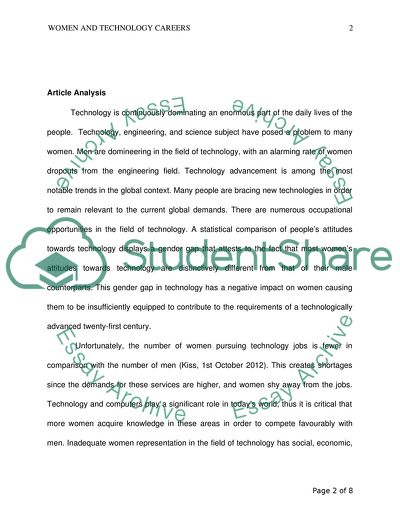Cite this document
(Why There Are Few Women Working in Technology Literature review Example | Topics and Well Written Essays - 2750 words, n.d.)
Why There Are Few Women Working in Technology Literature review Example | Topics and Well Written Essays - 2750 words. https://studentshare.org/technology/1798084-why-there-are-few-women-working-in-technology
Why There Are Few Women Working in Technology Literature review Example | Topics and Well Written Essays - 2750 words. https://studentshare.org/technology/1798084-why-there-are-few-women-working-in-technology
(Why There Are Few Women Working in Technology Literature Review Example | Topics and Well Written Essays - 2750 Words)
Why There Are Few Women Working in Technology Literature Review Example | Topics and Well Written Essays - 2750 Words. https://studentshare.org/technology/1798084-why-there-are-few-women-working-in-technology.
Why There Are Few Women Working in Technology Literature Review Example | Topics and Well Written Essays - 2750 Words. https://studentshare.org/technology/1798084-why-there-are-few-women-working-in-technology.
“Why There Are Few Women Working in Technology Literature Review Example | Topics and Well Written Essays - 2750 Words”. https://studentshare.org/technology/1798084-why-there-are-few-women-working-in-technology.


